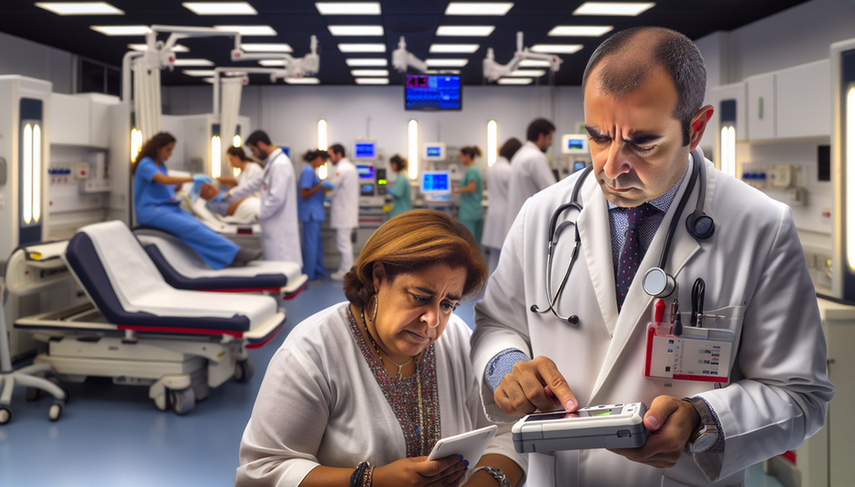Point-of-Care Laboratories and Rapid Tests: Enhancing Quick Diagnosis in Emergency Medicine

In the field of emergency medicine, the ability to perform a quick diagnosis is crucial for effective clinical decision-making. Point-of-care laboratories (POC) and rapid tests have emerged as essential tools to optimize this process, allowing for diagnostic results to be obtained at the patient care site. This approach not only enhances treatment efficiency but can also reduce hospital stays and associated costs.
Diving Deeper into the Use of Point-of-Care Laboratories
Point-of-care laboratories enable diagnostic testing directly in the clinical environment, minimizing wait times for results. A notable example is the use of troponin tests in the emergency department, where POC testing has been shown to be as accurate as laboratory tests, but with a significantly shorter response time [1]. Additionally, in the context of respiratory infections, rapid molecular tests have demonstrated high sensitivity and specificity, allowing for quicker identification of pathogens and better management of hospital resources [2].
In the case of infectious diseases such as COVID-19, POC tests have proven to be a valuable tool for quick diagnosis, facilitating more efficient workflow management in emergency departments and reducing patient isolation time [3]. However, it is important to consider that while rapid antigen tests are useful, they may have limitations in terms of sensitivity, especially in samples with low viral load [4].
Conclusions
The implementation of point-of-care laboratories and rapid tests in emergency medicine represents a significant advancement towards optimizing quick diagnosis. These technologies not only improve diagnostic efficiency but also contribute to better management of hospital resources and more timely patient care. As technology continues to advance, it is essential for healthcare professionals to stay updated on best practices and new tools available to maximize the benefits of these innovations.
Referencias
- [1] Comparison of Point-of-Care Versus Laboratory Troponin Testing in an Emergency Department Setting
- [2] Comparison of rapid molecular testing methods for detecting respiratory viruses in emergency care: a prospective study
- [3] Point-of-care PCR testing of SARS-CoV-2 in the emergency department: Influence on workflow and efficiency
- [4] Comparison of Rapid Antigen Tests for COVID-19
Created 23/1/2025
